Toyota Proudly Announces 2022 GR86 Will Be Slightly Cheaper Than Subaru BRZ

Toyota has announced pricing for the 2022 GR86, with the Hachiroku receiving an MSRP of $27,700 before destination. That’s $295 cheaper than the nearly identical Subaru BRZ. Though, when you’re effectively building a sports coupe that has a literal clone of itself on sale across the street, every tiny advantage suddenly becomes relevant.
While a couple of hundred bucks aren’t likely to sway someone holding any amount of brand loyalty, it could become the deciding factor for interested parties who see the Toyobaru Twins as otherwise identical. The problem is that they actually do have distinctive personalities, despite still being overwhelmingly similar at their core, and the price difference shrinks even more once you accounted for each manufacturer’s delivery fees.
The two cars are the most similar in their base formats. For Toyota, that results in an MSRP of $27,700 plus 1,025 delivery fee. On the Subaru, it’s $27,995 plus a smaller $960 destination charge — making the GR86 $230 cheaper before you’re comparing financing options or any added equipment.
This also makes the GR86 a few dollars less expensive than the previous generation Hachiroku, which is equipped with a less powerful 2.0-liter and lacks a lot of the slick digital features of the new model. While not everyone is likely to be a fan of adding screens and connectivity features on a stripped-down sports coupe, they’re bound to appreciate the 2022 GR86’s larger 2.4-liter boxer engine (sourced from Subaru) that delivers nearly 18 percent more horsepower and 11 percent more torque.
But we’re comparing the Toyota 86 to the BRZ, which shares those hardware upgrades. That means both vehicles come with 228 hp and 184 lb-ft of torque, though they’ve been tuned differently to cater to each brand’s tastes. The same is true for their transmission turning, power steering setup, and the amount of dampening each vehicle was given. This has resulted in claims that the GR86 is more easily tossed around a racetrack than the planted BRZ. Though most reviewers seem to feel that there’s really not much difference from behind the steering wheel.
Toyota has said in the past that it prioritized engine responsiveness while Subaru focused more on comfort and stability. But Subaru has remained adamant that the BRZ wasn’t designed to give Toyota a performance advantage for the sake of a softer ride. Engineers have even suggested that it should boast a slightly lower center of gravity and may yield better lap times on a highly technical course, citing some mild differences in hardware.
The Subaru is using aluminum front knuckles instead of the Toyota’s more standard steel to help reduce un-sprung weight. It likewise stiffened up the rear trailing link bushings whereas the 86 uses carryover hardware. The stabilizer bars, which both vehicles have at the front and year, are similarly unique. But Subaru’s are supposedly lighter as the rear unit is mounted to the BRZ’s body while the GR86 has its back bar affixed to the subframe.
This ultimately makes the BRZ a little more expensive to manufacture and was something Subaru hinted at ahead of launch. But manufacturer documents actually have the Toyota weighing a bit less, with the specific differences varying between markets and which spec sheet you’re currently looking at. At the end of the day, they’re both so close to 2,800 lbs that the size of your dinner could and what you’ve left in the trunk will be determining which one is heavier in the real world.
That just leaves the looks, which are entirely subjective. Save for the badging, you’d be hard-pressed to guess which one you’re sitting in. But the Subaru looks a little happier from the outside, while the similarly playful styling of the Toyota boasts a smidgen of menace thanks to a distinctive front clip and some unique headlamps.
Frankly, it’s not really enough for the money to make much of a difference and your driving abilities will undoubtedly be more relevant than whatever mechanical divergences there are between the two cars. It’s also likely that a lot of the people interested in the Toyobaru Twins will immediately end up modifying them to suit their tastes anyway. However, if you’re absolutely positive you’re going to keep them stock, the GR86 might be better suited to someone interested in the occasional bout of hooning. Meanwhile, the BRZ seems designed to behave predictably during track days and help drivers shave off those milliseconds.
Final verdict: Unless you’ve got something specific in mind that costs exactly $230, forget about the money and just go with whatever model speaks to you the loudest and happens to be available. Just don’t spoil it by optioning the $1,500 six-speed automatic.
[Images: Toyota; Subaru]

A staunch consumer advocate tracking industry trends and regulation. Before joining TTAC, Matt spent a decade working for marketing and research firms based in NYC. Clients included several of the world’s largest automakers, global tire brands, and aftermarket part suppliers. Dissatisfied with the corporate world and resentful of having to wear suits everyday, he pivoted to writing about cars. Since then, that man has become an ardent supporter of the right-to-repair movement, been interviewed on the auto industry by national radio broadcasts, driven more rental cars than anyone ever should, participated in amateur rallying events, and received the requisite minimum training as sanctioned by the SCCA. Handy with a wrench, Matt grew up surrounded by Detroit auto workers and managed to get a pizza delivery job before he was legally eligible. He later found himself driving box trucks through Manhattan, guaranteeing future sympathy for actual truckers. He continues to conduct research pertaining to the automotive sector as an independent contractor and has since moved back to his native Michigan, closer to where the cars are born. A contrarian, Matt claims to prefer understeer — stating that front and all-wheel drive vehicles cater best to his driving style.
More by Matt Posky
Latest Car Reviews
Read moreLatest Product Reviews
Read moreRecent Comments
- Cprescott The problem with this fable by the FTC is:(1) shipping of all kinds was hindered at ports because of COVID related issues;(2) The President shafted the Saudis by insulting them with a fist bump that torqued them off to no end;(3) Saudis announced unilateral production cuts repeatedly during this President's tenure even as he begged to get them to produce more;(4) We were told that we had record domestic production so that would have lowered prices due to increased supply(5) The President emptied the strategic petroleum reserve to the lowest point since the 1980's due to number 3 and then sold much of that to China.We have repeatedly been told that documents and emails are Russian disinformation so why now are we to believe this?
- Ollicat Another Biden attempt to say, "Look over there!"
- Kjhkjlhkjhkljh kljhjkhjklhkjh Who cares. Price of gas is not the issue. spending an extra 100$ a month over 4 tanks of gas is not the issue.this a political scam to distract really dumb people from the real issue. if rent and house payments were not up by 50% to as high as 150% higher in a ton of locations, then paying an extra 100$ in gas would be annoying but not really an issue. But the real-estate market with hedge fund investors, power-relator groups bought a ton of houses and flipped them into rentals and jacked up the rates uplifting the costs on everything else. and ironically no-one seems to be in any hurry to build more houses to bring those costs down because supply and demand means keeping less houses available to charge as much as you want. It is also not the issue as a secondary issue is child care costs and medical... again 100$ extra per month in gas is *nothing* compared to 800$ a month in ''child care'' and 300$ per visit to the doctor office, 300$ for a procedure less dentist trip..
- Ajla Is there something proprietary or installed on the moon with these that I'm not aware of?
- Tane94 Awaiting the EV3 unveil this month. Kia continues to lead, though I will miss the Soul



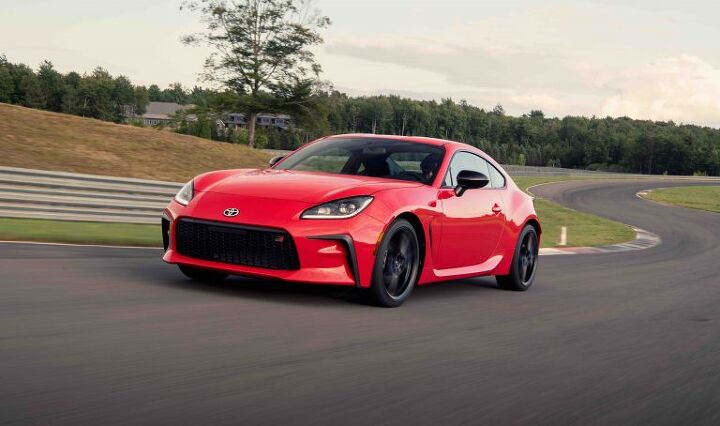




















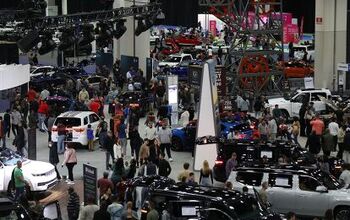
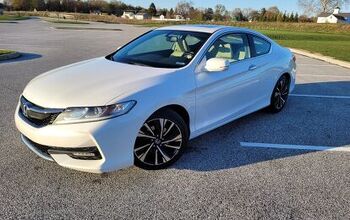
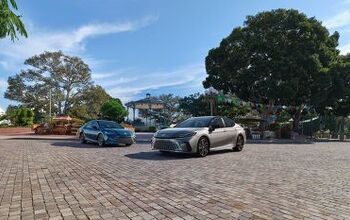
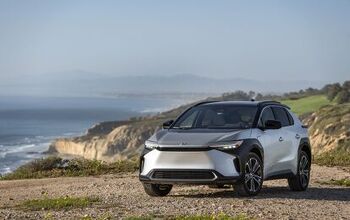

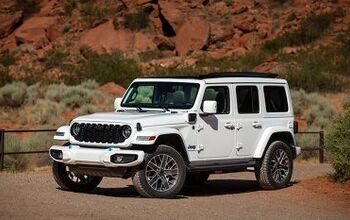
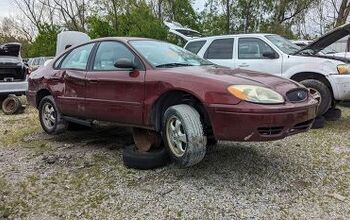
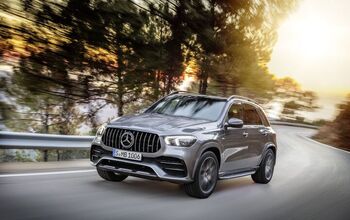
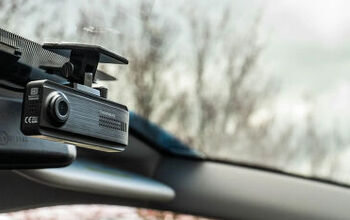
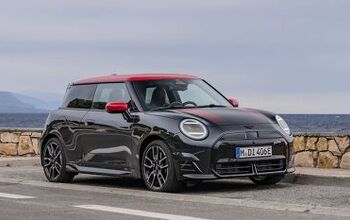
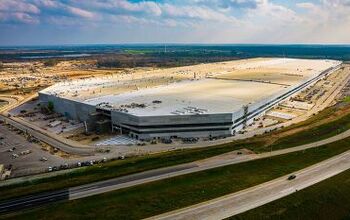


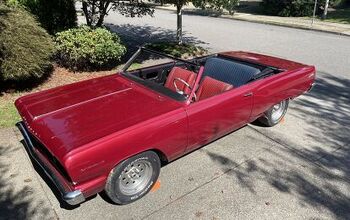
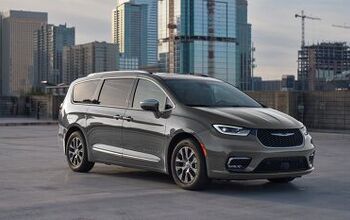
Comments
Join the conversation
I'm tired of destination fees. No where else do I have to pay $1000 (I've seen it much higher) for merchandise to be delivered to the store. Just charge more for the car.
So my take is that: 1. Subaru badge is more expensive to make than Toyota. 2. GR86 is made for retirees since typical Toyota owner is over 70 years old. 3. Dogs prefer BRZ and by dogs I mean...Well that is the topic on my next post.